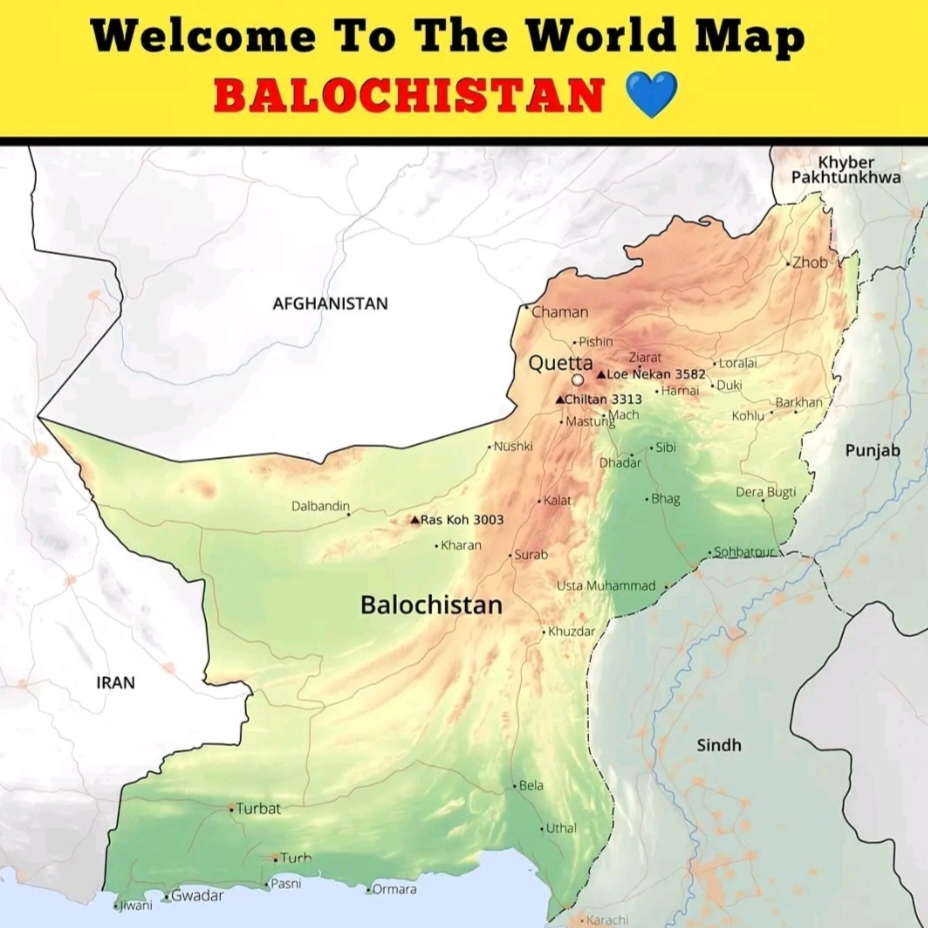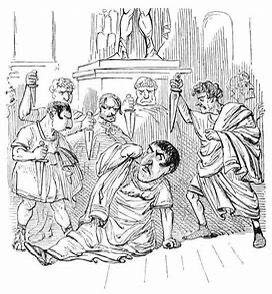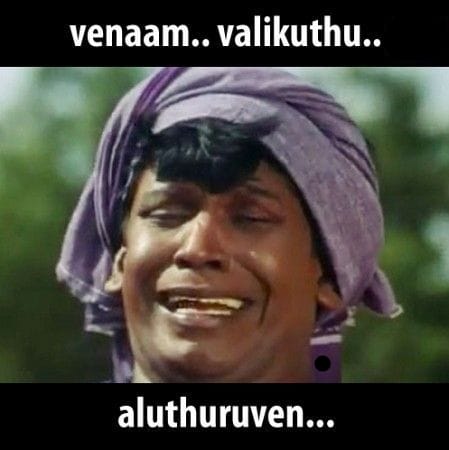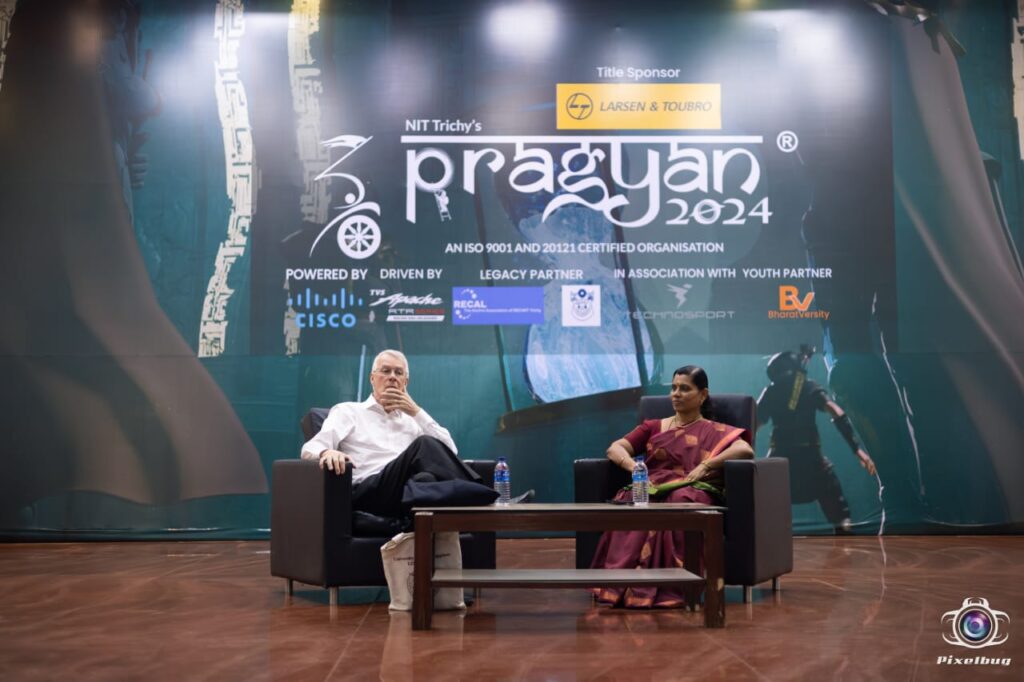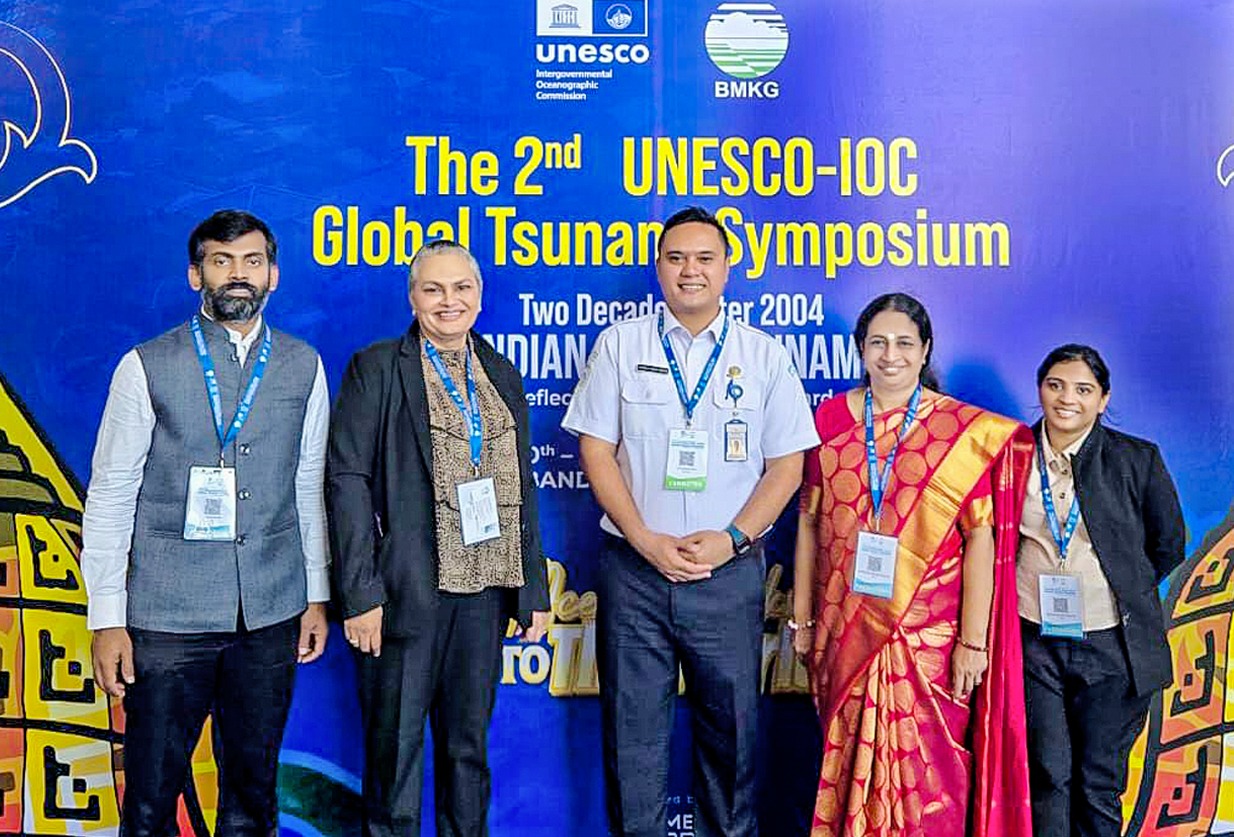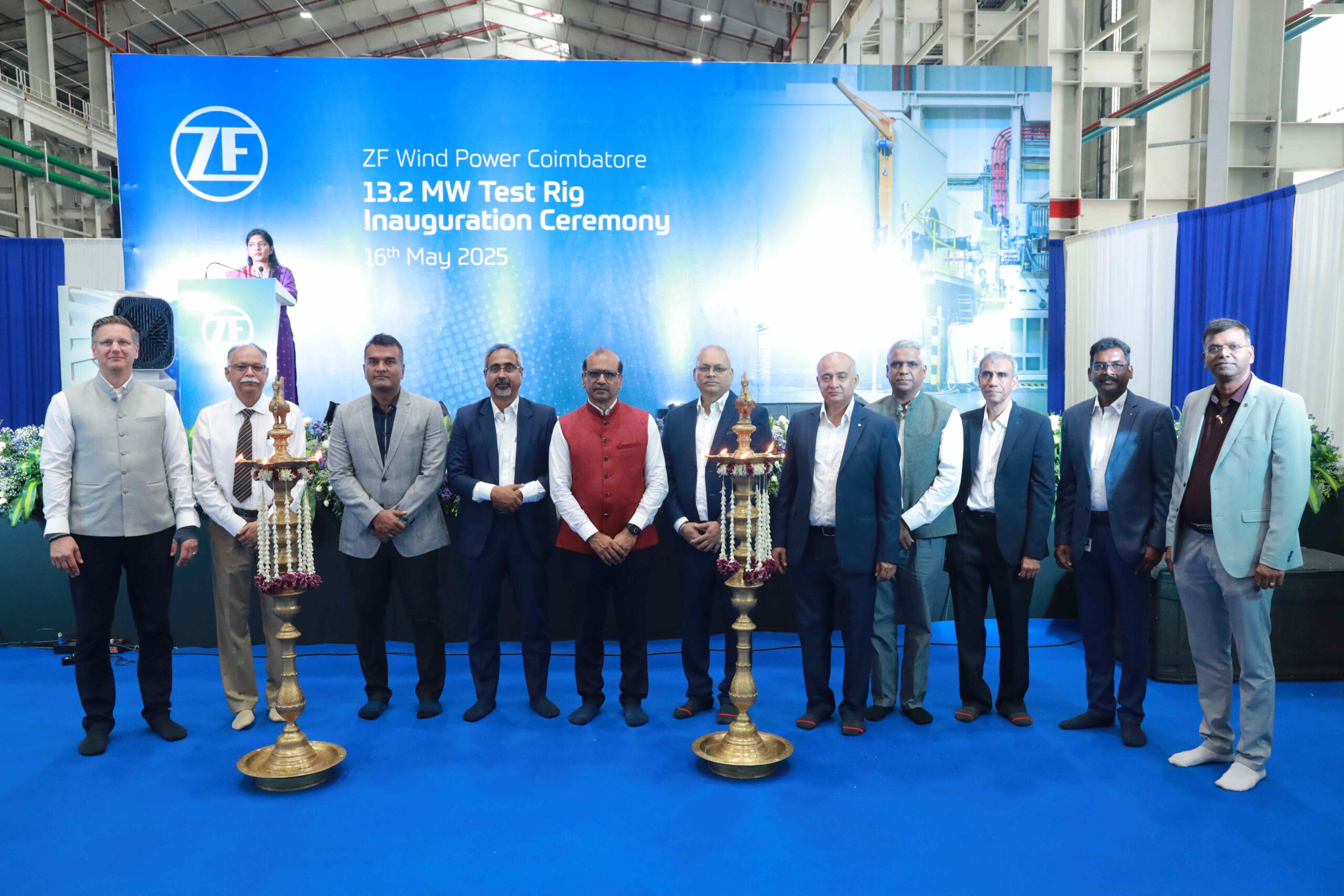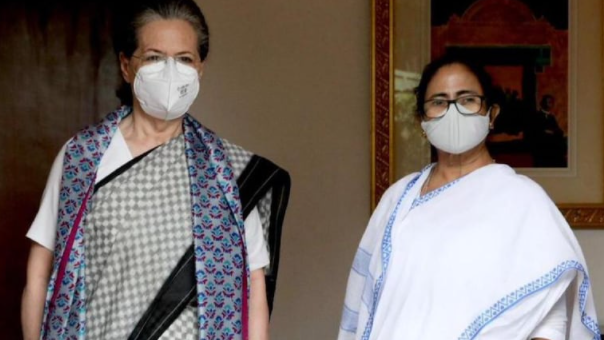Trending Now
- “If Edappadi Palaniswami permits, a thousand young members from the Virudhunagar district AIADMK are prepared to take up arms and engage in battle under my command.” – Former AIADMK Minister Rajendra Balaji
- “India is ready to deal with any counter-attack by Pakistan” – Wing Commander Vyomika Singh
- Central govt orders extension of CBI Director Praveen Sood’s tenure for another year
India News
Operation Sindhoor -The Next Step Dismantling Terroristan- Part I
![]() May 19, 2025
May 19, 2025
The time to right historical wrongs has come. Regions that opted for independence and were forcibly occupied by the Muslim League to create an artificial state called Pakistan, with the active connivance of the British government, and with the Indian government turning a blind eye to the aspirations of those people, have started to assert themselves. Balochistan under the Khan of Kelat and Pakhtunkhwa under the Frontier Gandhi, Khan Abdul Gaffar Khan expressed their desire to either accede to India or remain independent. Both these regions were betrayed by the then Indian government.
The largest province of the artificial entity Pakistan is Balochistan and it is more than 40% of the Pakistan State. Balochistan, an independent country, was conned into acceding to Pakistan by Mohammed Ali Jinnah, who was the legal advisor to the Khan of Kelat, the sovereign of Balochistan. Internecine warfare among the various tribes, the Pashtuns, Balochi, and Brahui and sub-tribes like Mengal, Karri, Bugti, Mazari, totalling more than eighteen, resulted in the subjugation of the country. The inability to get on with one another and the proclivity to hold allegiance to the clan head rather than a central authority resulted in the fragmentation of the country. Sistan-Baluchistan was occupied by the Iranians with the help of the British. Similarly, parts of Pashtun region were occupied by the Afghans. The remaining territory was occupied by the Pakistanis. The brother of the then Khan of Kelat opposed the accession in 1950, but his rebellion was put down. Balochistan continued to be restive with fights flaring up in the late fifties and early seventies, and even saw the people being bombed into submission by the infamous Tikka Khan, who earned the sobriquet Butcher of Bangladesh and Balochistan.
Balochistan is connected to India in more ways than one. It was the western limit of the Indus Valley Civilization and Harappan civilization. Incidentally, it may be noted that the Brahui tribe shares a common ancestry with the Dravidians of South India and the Brahui language has almost 15% similarity with the Tamil language. The Brahui tribe remains the only piece of evidence linking the spread of Dravidian tribes from the Indian sub-continent into Central Asia. In the aftermath of the third battle of Panipat almost 22,000 Marathi soldiers were taken to Balochistan, and they formed the sub-tribe called the Peshwani.
Balochistan is richly endowed with minerals like copper, gold, silver, iron and marble. It supplies almost 70% of the gas used by Pakistan. But despite the wealth, the region remains one of the most backward areas of Pakistan. It has been exploited and treated more like a colony than an integral part of the State. China has been given a free hand by the Pakistani military and their political arm to exploit the Balochis. The current flare-up can be traced to the unilateral and unrestricted access given to the Chinese over Balochi assets. Gwadar port, along with Chabahar Port in Iran, has the potential to become an unparalleled hub for trade routes leading to Central Asia and Russia, the Middle East and Africa. Gwadar port was handed over to the Chinese, leaving the fisher folk on the Makran Coast high and dry.
All this and the refusal of the Punjabi-Sind dominated central government to share governance with the Balochis has brought the Balochi tribes together to form an alliance seeking independence from Pakistan occupation. The secession of Balochistan was announced a few days back. India should now step in proactively to recognize Balochistan as an independent country and extend assistance to them to build up their country. This is essential if the Punjabi-terrorist infrastructure is to be brought down.
To be continued.





